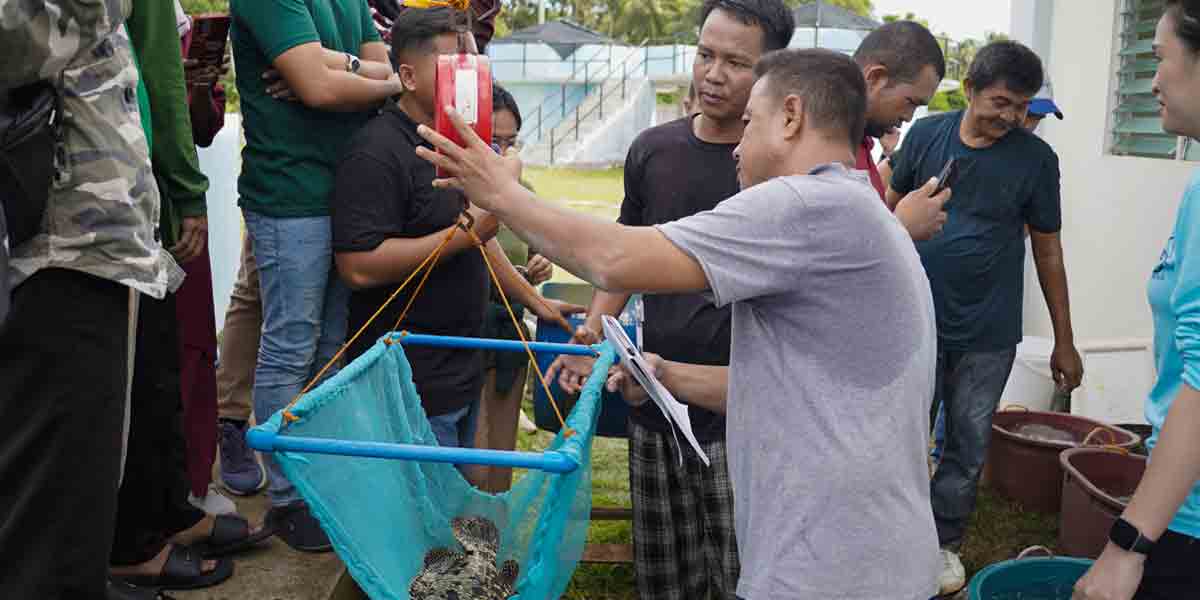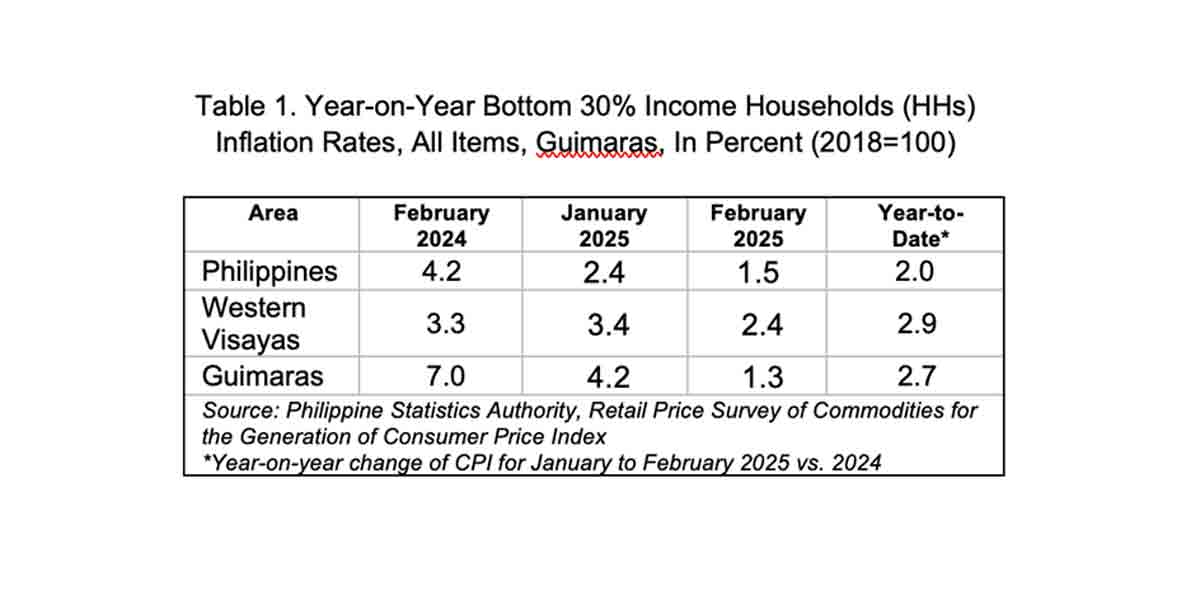
When people experience back pain, they often relate it to overexerting themselves physically or to aging. However, not all back pain is the same. In fact, there is back pain that is inflammatory in nature such as Axial Spondyloarthritis.
In recognition of World Ankylosing Spondylitis Day in May, the Department of Health (DOH), in collaboration with Johnson & Johnson (Philippines), Inc. (J&J Philippines), Philippine Rheumatology Association (PRA), and Axial Spondyloarthritis Association of the Philippines (ASAPh), hosted a webinar that provided viewers an opportunity to learn about Axial Spondyloarthritis—its types, causes, symptoms, and treatment—directly from medical experts.
Not your typical back pain
Axial Spondyloarthritis is a chronic, immune-related, inflammatory arthritis characterized by inflammation of the sacroiliac joints, spine, or both. It typically starts in early adulthood and can often be left undiagnosed and untreated.
Explains Director Beverly Lorraine Ho of the DOH Health Promotion Bureau and Disease Prevention and Control Bureau, “Lower back pain is the fourth most common non-communicable disease that affects our Disability Adjustment Life Years, which is the sum of the years lost to a population due to poor health or early death. On average, Axial Spondyloarthritis diagnosis is delayed to up to 6 years, presenting a challenge of proper and timely diagnosis in disease management.”
Dr. Sheila Marie Reyes of PRA highlights the importance of seeking early consult for inflammatory back pain as this is the most common symptom of Axial Spondyloarthritis. A delay in the diagnosis of this disease robs physicians and patients the window of opportunity for treatment.
“Axial Spondyloarthritis can lead to other health complications such as osteoporosis, certain cardiovascular diseases, and a permanently deformed spine, among others. While there is no cure for Axial Spondyloarthritis, there are treatments available that can help lessen symptoms and possibly reduce speed of progression.”
Living and dealing with a chronic disease such as Axial Spondyloarthritis involves pain beyond the physical aspect and Dr. Benita Ponio of Metro Psychiatry Inc. emphasized that mindfulness, meditation, healing, and acceptance should be practiced by patients so they will also be able to heal emotionally and psychologically.
ASAPh, represented by its board of trustees, Dr. Karizza Calibag, the webinar’s moderator, and Percival Escarda, an Ankylosing Spondylitis patient, is one with the government and all other stakeholders in reaching people especially those who potentially have AS and eventually find treatment innovations for them.
Early diagnosis and treatment
J&J Philippines is committed to promote health literacy across the country through its various programs and partnerships. Among the most urgent are initiatives that educate more Filipinos about chronic and debilitating conditions such as Axial Spondyloarthritis.
“We want everyone to know that back pain does not always stem from a mechanical cause. There are back pains that are inflammatory and need early attention, and one of these is Axial Spondyloarthirits,” says the head of Medical Affairs of J&J Philippines, Dr. Erwin Benedicto. “Axial Spondyloarthritis is becoming more common so early diagnosis and treatment is key to preventing other complications that result from this chronic, inflammatory rheumatic disease.”
“If you are experiencing chronic back pain, see a specialist immediately. Do not delay any further as Axial Spondyloarthirits can be crippling if left unchecked. Seeking professional consult for early diagnosis and treatment can make all the difference in helping patients living with this disease to lead fuller, healthier lives.”






















